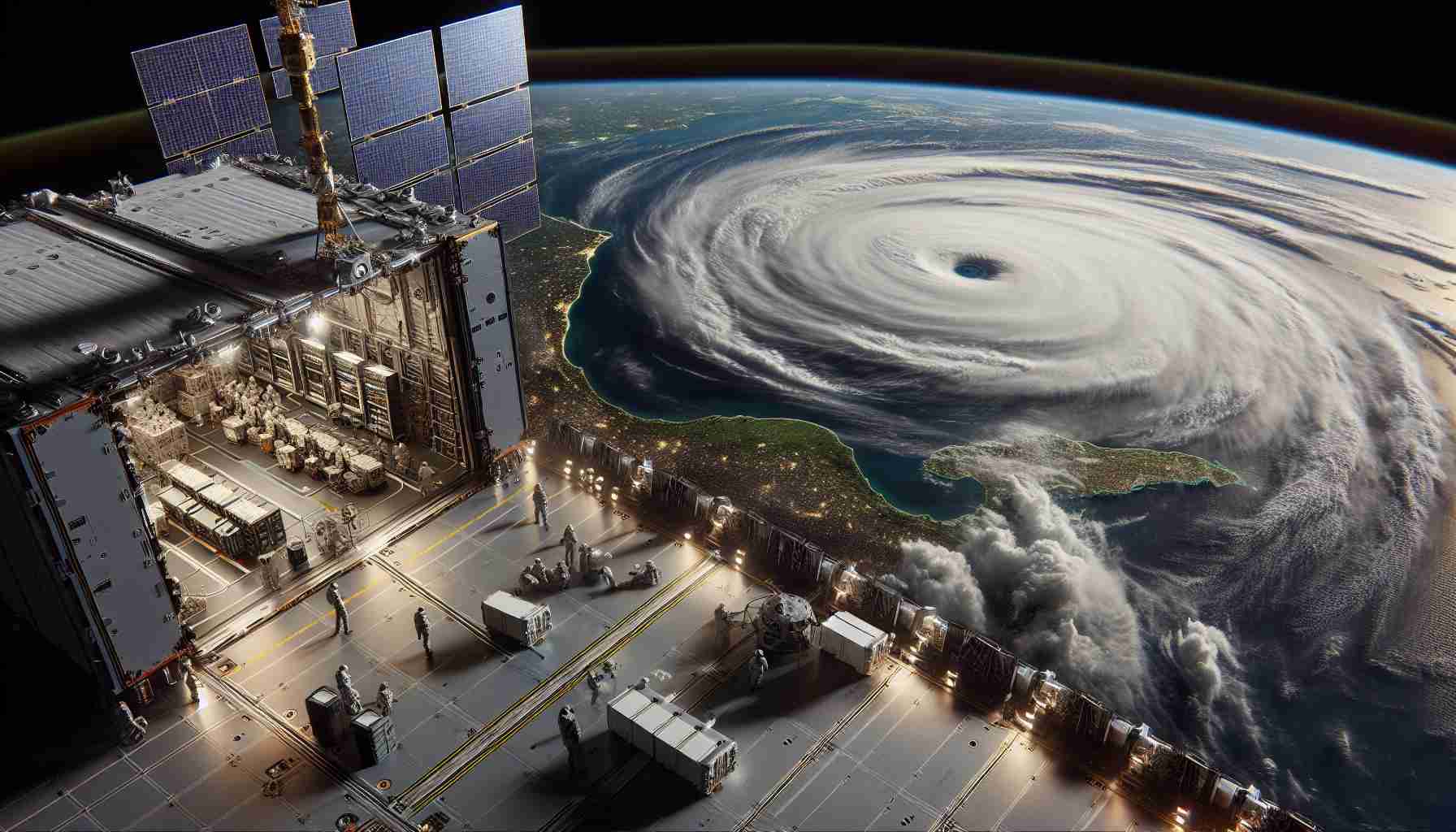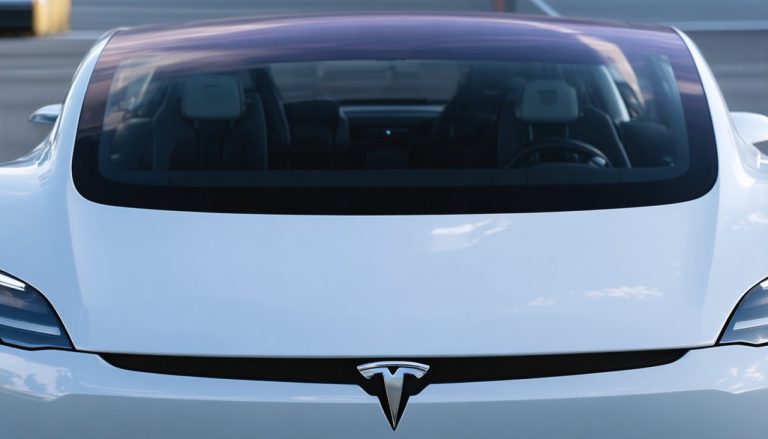
SpaceX has recently showcased a breathtaking video captured during its latest satellite deployment, highlighting a mesmerizing view of Earth. The footage, filmed during the delivery of Starlink satellites via the Falcon 9 rocket, features the moment when protective payload fairings detached and began their descent back to the planet.
As the company approaches its launch record for the year, excitement builds among space enthusiasts. This video was shared on social media just before the company postponed a planned launch that would have seen SpaceX tie its impressive milestone of 72 missions within a single year. Insight from Florida sources indicates that the launch may still occur soon, potentially setting a new record by early November.
Starlink, a project of SpaceX, operates a vast network of satellites designed to provide global internet coverage. Launched initially in 2019, the constellation now comprises over 6,000 satellites, significantly contributing to internet accessibility worldwide.
In response to Hurricane Helene and Hurricane Milton, SpaceX announced complimentary access to the Starlink service for affected regions. However, the initiative encountered criticism due to the requirement of a costly receiver. Demonstrating its dedication to helping those in need, SpaceX adjusted its policies, eliminating the monthly fee to ensure residents could connect without financial burden.
Additionally, a groundbreaking collaboration with T-Mobile has paved the way for wireless emergency alerts, allowing crucial communication in disaster-stricken areas.
Skyward Views: SpaceX’s Satellite Ventures and Hurricane Relief
As global climate events grow in intensity, the role of technology in disaster response is more crucial than ever. SpaceX’s initiatives through its Starlink satellite network not only demonstrate advancements in connectivity but also highlight the intersection of innovation and humanitarian efforts.
What is the significance of Starlink in disaster response systems?
Starlink’s constellation offers rapid deployment of Wi-Fi services in areas where traditional infrastructure is compromised due to disasters like hurricanes. Notably, Starlink can be set up quickly, allowing first responders and affected individuals to communicate when it’s needed most. This capability to establish an internet connection in hours—as opposed to the weeks or months it may take for terrestrial networks to restore—can be a game changer in crises.
Key Challenges and Controversies
One major challenge that has emerged involves regulatory scrutiny surrounding SpaceX’s expanding satellite network. The sheer number of satellites being launched raises concerns about space debris and its potential threat to other satellites and space missions. Additionally, there have been discussions about the impact of satellite radiation on astronomical observations. Critics argue that the environmental and ethical considerations of megaconstellations like Starlink need to be addressed comprehensively.
Moreover, with the financial barrier highlighted by the initial implementation of a costly receiver, questions arise about equitable access to technology in disaster scenarios. While waiving monthly fees helps, the initial investment for equipment still poses a challenge for low-income households.
What advantages does SpaceX offer in disaster situations?
1. Rapid Deployment: Starlink enables quick setup in disaster-affected areas, restoring internet connectivity within hours.
2. Low Latency: The satellite technology boasts lower latency than traditional satellite internet, improving the quality of communication during emergencies.
3. Global Coverage: With a constellation designed for global reach, it can provide services even in the most remote regions where terrestrial networks fail.
What are the disadvantages?
1. High Initial Costs: Although SpaceX has waived monthly fees, the upfront cost for receivers remains a barrier for many users.
2. Space Debris Concerns: The launch of thousands of satellites raises environmental concerns regarding space debris, which poses a risk to existing satellites and space exploration.
3. Dependence on Technology: Relying on tech like Starlink can create vulnerabilities; for instance, if the system were to fail, affected communities might find themselves without communication channels.
Advantages of Collaboration Between Technology and Humanitarian Aid
The partnership with T-Mobile represents a significant evolution in how emergency alerts can be disseminated. By combining satellite communications with mobile networks, communities can receive timely updates about evacuations, shelter locations, and safety measures.
Conclusion
SpaceX’s innovative approach to satellite communications, particularly through the Starlink initiative, showcases the potential of technology to aid communities in times of crisis. As climate-related disasters become more frequent, the need for accessible and reliable communication networks is paramount. Balancing the benefits of such advancements with the ethical considerations surrounding their implementation will be critical moving forward.
For more information on SpaceX’s initiatives, visit SpaceX.






